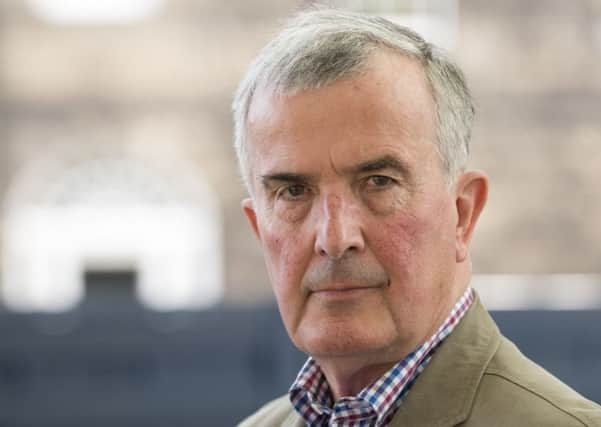Book review: Facing the Bear: Scotland and the Cold War, by Trevor Royle


What differentiates Facing the Bear from Trevor Royle’s previous, authoritative books on war and warriors is that here he can write about a war as an eye witness as well as a historian. His access to newly declassified documents and discussions with former government ministers, advisers and senior frontline officers provide the basis of the work, but examples from novels of the period, and protest songs from the folksong revival of the time, give it a sense of immediacy. Readers will also learn much about the Church of Scotland’s stand against nuclear weapons and will be reminded that Hugh MacDiarmid was a founder member of the anti-nuclear direct action Committee of 100.
Royle’s section on the British Commanders-in-Chief Mission to the Soviet Forces in Germany or “BRIXMIS” is the best available short account of this unit’s little-known and undervalued work. Nominally liaison units, these very small groups of British soldiers using specially adapted motor vehicles criss-crossed East Germany collecting intelligence on Soviet weapons and from restricted files, the latter in an operation codenamed Tomahawk. Facing the Bear describes the unpleasantness of this operation, known as “dumpster diving” by the BRIXMIS veterans.
Advertisement
Hide AdIn his final chapter, “The Walls came Tumbling Down,” Royle has a section, which might have been extended, on the important role Scotland played in bringing the Cold War to an end. Scotland’s understanding of and links with Russia go back many generations and provided the basis for “The Edinburgh Conversations” which began in 1981. These developed from an initiative by Lord Ritchie Calder, picked up by Professor John Erickson of Edinburgh University. A Russian speaker, Erickson was an authority on the Soviet armed forces in the Second World War and highly respected in Moscow. The Conversations brought together a small group of academics and retired military personnel from the UK and the USSR who had an early autumn meeting annually, from 1981 to 1988, alternating their gatherings between Edinburgh and Moscow. It was these conversations that established the maxim “no first strike” in nuclear war strategy, and it was this term that formed the basis of the Reagan-Gorbachev summits that brought about the end of the Cold War.
This book offers a new and clearer understanding of each stage of the Cold War, at the same time as showing the geological shifts in the Scottish political landscape. The Epilogue is piercingly accurate in its assessment of recent and current Russian attitudes to foreign policy and military strategy, and how global conflicts might play out in the future.
Facing the Bear: Scotland and the Cold War, by Trevor Royle, Birlinn, 320pp, £25. Trevor Royle is appearing at the Edinburgh International Book Festival on 15 August